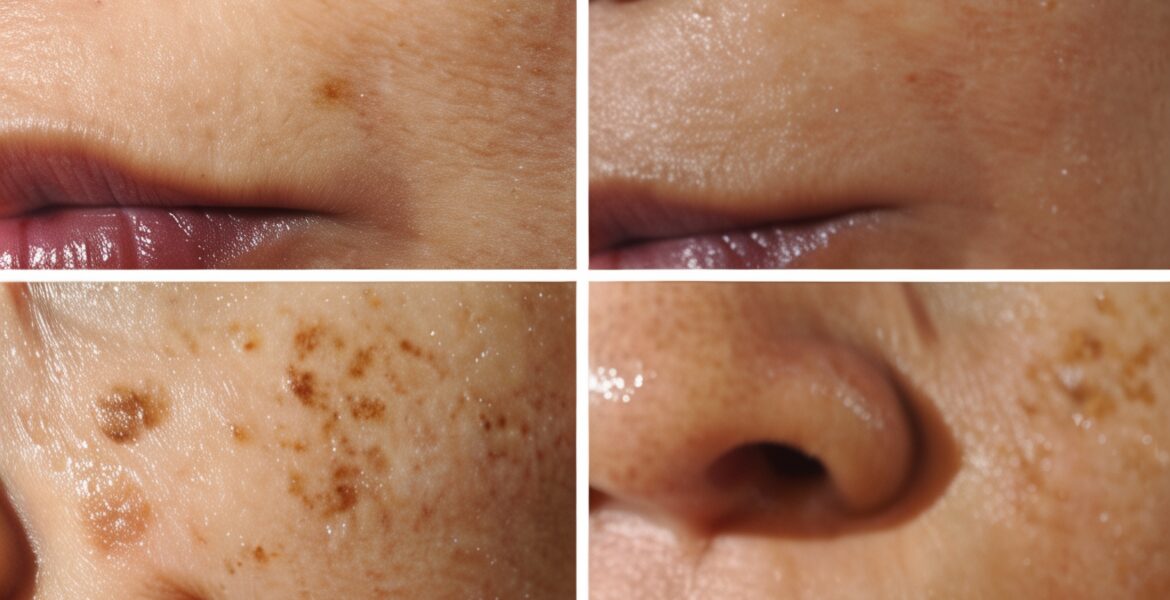As soon as you start going through puberty, BAM! A lifetime full of periods hit you. From an average young age of 10 to an average menopause age of 48, you’ll experience about 480 menstrual cycles… minus the 9 months of pregnancy you’ll experience per child. Because, of course, you won’t be having your ‘time of the month’ while prego.
In conjunction with your period, you’ll likely have spotting episodes throughout the years. Spotting can be defined as bleeding from the uterus that occurs between periods, typically less apparent and much lighter than your regular bleeding.
But is this normal? Because the way we’re presenting it, spotting sounds pretty normal.
The answer to that question is, no. Though spotting occurs in most women at some point in their lives, it’s not necessarily considered healthy. In fact, if you’re spotting, there’s probably a reason. Your body is trying to tell you something is off, and if the spotting lasts more than a couple of days, it’s best to contact your OBGYN.
Here are some reasons you could be spotting.
Thyroid Problems
Did you know that your thyroid gland plays a key role in maintaining hormone levels throughout the body? That’s right, the tiny, butterfly-shaped thing in your neck knows just how to regulate bodily processes like menstruation. Which means if you’re having a thyroid problem, you might start spotting.
You see, if your thyroid hormone levels are too high or too low, your periods can get pretty wacky. To confirm you’re having hormonal issues with your thyroid, your doctor has to order a blood test to check. From there, medication and treatment can be ordered to balance everything out if a problem is found.
Perimenopause
Before menopause comes perimenopause, and its own boatload list of signs and symptoms.
As previously stated, menopause usually kicks in around age 48. Prior to that, perimenopause comes knockin’ at the door in your mid to late 40s. Due to the hormone level fluctuations, you may be apt to have changes to your period, including but not limited to skipped periods and spotting.
Though these changes aren’t necessarily abnormal, they should still be presented to your doctor as soon as they start happening.
Pregnancy
Ovulation happens halfway through your womanly cycle, and your period comes every ~28 days. If you happen to have spotting in place of your normal period, that may point you towards early signs of pregnancy.
Here’s what happens: Implantation occurs 10-14 days after ovulation. This is when the fertilized egg makes a home for itself in your uterine lining. The action itself can cause spotting.
If accompanied with swollen/tender breasts, nausea and vomiting, frequent urination, and fatigue, you may have a baby in your belly. Taking an at-home pregnancy test is the first thing to do. Then, call your doctor to get an appointment and double check with an in-office test.
Cancer
… is no joke. But fortunately, some cancers like uterine cancer can be “spotted” with a spotting period. Of course, additional tests and diagnosis’ processes will have to be conducted, but if you happen to see occasional dull bleeding and you’re 40+ years old, you might want to get it checked ASAP.
Note: Most women that are diagnosed with uterine cancer have already gone through menopause, but it’s better safe than sorry to check. When it comes to cancer, don’t play around.
Infection
Vaginal bleeding between periods can easily point towards infection of the reproductive system. Why? Because inflammation fights off infection, and inflammation can cause minor bleeding.
What kind of infections are we talking about? STI’s (sexually transmitted infections), vaginal douching, and pelvic inflammatory disease. Even hard intercourse can lead to some variation of infection, so be careful when getting your sexy time on.







